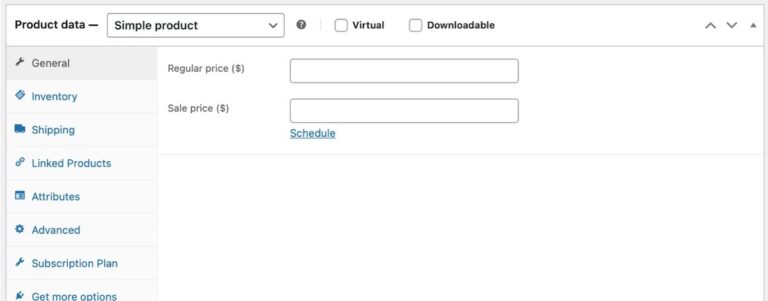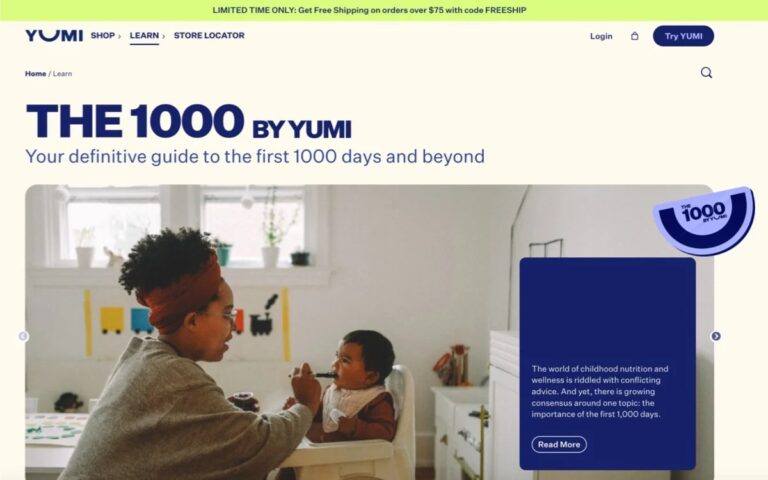Social media is a powerful tool for ecommerce businesses to connect with customers. In fact, 43% of internet users report exploring new products or services through social media. However, when you’re just starting out, it can be dizzying trying to determine where to focus your efforts and the best ways to market your business.
Committing to this work is the first step. Once you have a great strategy in place, everything will become a bit easier and consistency will eventually pay off.
While the steps you take will vary, an effective social media strategy will be:
- Authentic to your brand identity.
- Aligned around customer needs.
- Focused on delivering value.
- Grounded in data and experimentation.
Keeping these goals in mind will help your social media presence become an extension of your overall business strategy. With flexible tools and a community-centered approach, ecommerce businesses can create a social media plan that fits their unique store — and their vision for serving customers.
A social media marketing strategy supports your business goals by outlining intentional actions across specific social media platforms. A good strategy will describe how you’ll connect through social media with customers and prospective customers. It will also prescribe steps for following up with prospects to nurture them until they become paying customers, and to keep current customers engaged with ever-increasing enthusiasm for your brand.
A strategy will also consider how every step relates to your brand’s mission and how to remain authentic in messaging while staying consistent with brand visuals, tone of voice, and the language used.
A strategy should set a clear direction for everything you do with social media, from your choice of platforms to the tone of your messages, to the content you share and how you interact with people engaging with your posts.
A social media marketing strategy is about bringing intention to your use of social platforms as you connect with customers. Posting regularly is a start, but this will only take you so far, especially among the many other streams of information competing for your customers’ attention online.
Platforms like Facebook, Instagram, and TikTok have evolved into powerful social media channels for ecommerce, and tools like Facebook for WooCommerce facilitate sales by connecting directly to your store.
But none of this matters if you don’t have a focused plan to make the most of every moment.
Table of Contents
- 0.1 A good social media strategy reduces waste and charts a clear path forward
- 0.2 There are more social media platforms than hours in the day
- 1 The right social media channels
- 2 Consistency and authenticity
- 3 Realistic goals and KPIs
- 4 Wise allocation of time and resources
- 5 Good customer service and responsiveness
- 6 Step 1: Assess your current standing and set new goals
- 7 Step 2: Gain a clear understanding of your target audience
- 8 Step 3: Choose the right social media platforms for your business
- 9 Step 4: Build a content strategy and content calendar
- 10 Step 5: Invest in advertising and influencer marketing
- 11 Step 6: Engage and build relationships
- 12 Step 7: Measure, analyze, and iterate
- 13 Share this:
- 14 Like this:
According to Sprout Social’s 2024 Social Media Content Strategy Report, 72% of marketers agree that having a defined social media strategy directly supports business goals. When there are a variety of employees and department heads all trying to do their own thing, you either get ineffective, siloed marketing or complete gridlock across a company. A social media strategy helps you make continual, meaningful progress in growing your brand awareness and business.
Nearly every business is trying social media marketing. Some are just guessing from one day to the next. A defined strategy should give you a competitive edge in both your volume of production and the effectiveness of your efforts.
With literally hundreds of social platforms around the world, it’s a struggle for even the biggest of brands to have an effective presence on each one. Whether your ecommerce brand is a team of one or one hundred, you’ll need to choose your areas of focus to dedicate the appropriate resources needed for success.
Each social media platform has its own strengths and weaknesses. You’ll want a firm understanding so that you can analyze them against your unique business structure and offerings. In most cases, choosing a platform is the first step of a great social media marketing strategy. Here’s a comparison of popular platforms:
| Platform | Focus | Use cases |
| Photos, short videos | Perfect for visual brands where aesthetics matter. Shopping features make it easy for users to buy directly. | |
| TikTok | Short-form video | Great for brands that thrive on creativity and personality. Successful campaigns often involve product tutorials, user-generated content, and challenges. |
| YouTube | Short-form video, long-form video | Excellent for product demos, how-tos, behind-the-scenes, and building long-term brand loyalty with both brief and in-depth content. Great for affiliate and influencer marketing. |
| Images and inspiration | Highly-visual platform good for brands related to home decor, fashion, and DIY. Pinterest users are often primed for shopping. | |
| Text, images, video | A multi-purpose platform that’s a major hub for ecommerce, has a very wide audience, and boasts powerful ad targeting and marketplace integrations. | |
| Threads, Mastodon, Bluesky | Text-driven conversations | More relevant for ongoing engagement and customer communication, these platforms work for brands who want to keep up an in-depth dialogue with customers. Service-based businesses and B2B companies may get more from these microblogging tools. |
| Professional networking | LinkedIn is a good match for B2B brands or service businesses (coaching or courses) selling to businesses or professionals, especially in industries like consulting or SaaS. |
Social media marketing can take many forms, from organic posts and paid advertising to community-building, user-generated content (UGC), and influencer partnerships. A good plan will use a little of each of these in a cohesive way to make your entire program stronger.
Here are some more elements of a successful social media strategy for ecommerce:
Many businesses thrive on one or two social media channels before expanding to others. If your business found initial success on Instagram, adding a second platform — like Pinterest, which is also largely image-driven — can increase brand awareness and reach.
Start with a couple of channels where your target audience spends their time. Dive into the typical demographics for each platform and see which one best matches your buyer personas. You can also use any current analytics you have to evaluate which channels currently drive the most traffic to your store.
Learn more about choosing the right social media channels.
Consistency and authenticity
The algorithms that rule most social media channels reward consistency when it comes to how you post on your social media pages. So do customers. When your posts also reflect a unique voice that captures your ecommerce brand’s ethos, this helps build trust.
Are you a humorous person, with a product line that lends itself to a less serious tone on social media? Lean into this, or whatever traits are most indicative of how you feel about what you do or what you sell.
Realistic goals and KPIs
It may take six months to a year for your social media marketing strategy to show results. Early success may not look like massive growth, either. Align your strategy to business goals and regularly track performance through key performance indicators (KPIs) to understand how your efforts are supporting growth.
Follower counts don’t tell the whole story. You’ll also want to look at:
- Engagement rate: How often do people interact with your posts?
- Click-through rate (CTR): How often are followers moving from your social posts to your store?
- Conversion rate: How many of those clicks lead to purchases?
Keeping an eye on these numbers will help you to see what is or isn’t working within your strategy. Tools like Google Analytics for WooCommerce provide precise data, helping you monitor progress, gain valuable insights, and make informed decisions.
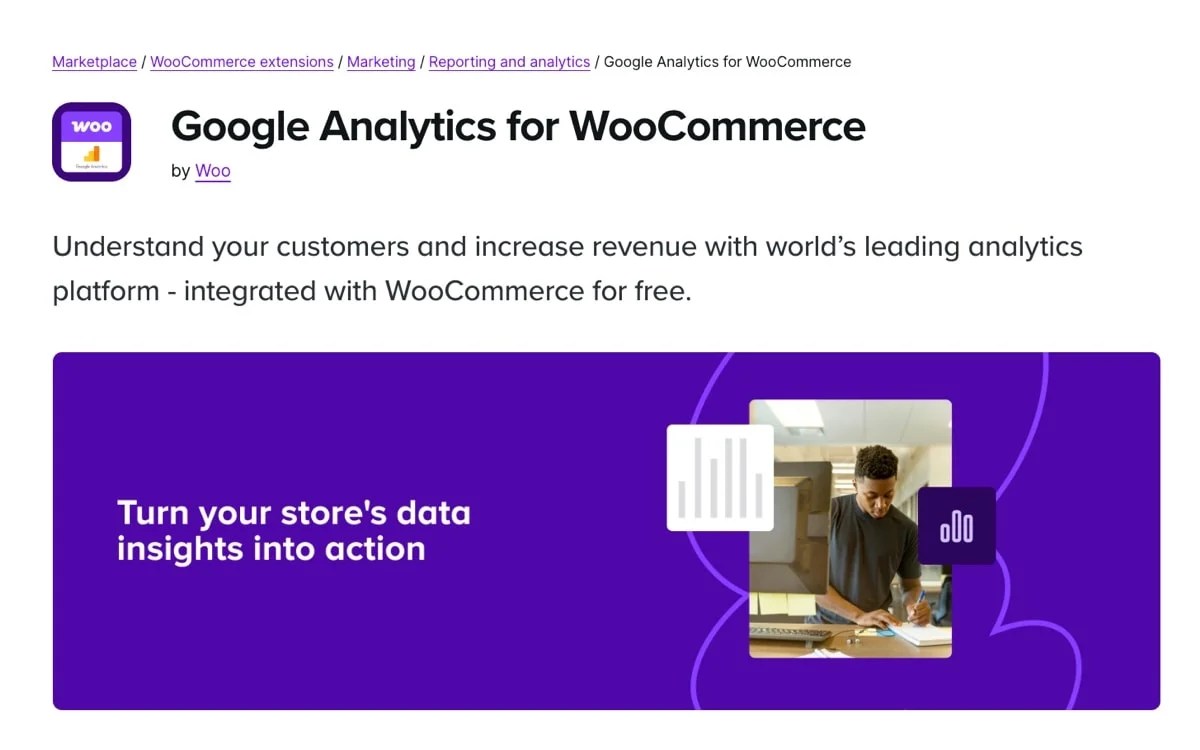
Wise allocation of time and resources
Social media marketing and management can be time-consuming. Posting across multiple platforms may take several hours each week, between creating content and engaging with your audience.
Establishing templates can help you work more efficiently. And scheduling tools like Jetpack Social can save time by allowing you to batch your post creation.

Good customer service and responsiveness
Another important aspect of social media is its contribution to customer service — which is particularly important for ecommerce stores.
Engaging with comments, responding to customer inquiries in your DMs, and resharing UGC all contribute to a positive customer experience. Buyers who feel valued through engagement on social media are more likely to return to and recommend your business.
Step 1: Assess your current standing and set new goals
Goals help us move forward. Before setting them, though, it’s important to understand where your business stands — in terms of your current social media presence and the state of your business.
If you’ve amassed a relatively large social media following, but sales aren’t flowing, a clear focus of your marketing strategy should be to advance followers into buyers.
Most companies will need to focus on a mix of growing their audience and turning followers into customers. You can then be clear that organic posts, which will mostly be seen by a portion of your existing followers alone, will focus on more educational marketing messaging. Paid ads will be used to get in front of new, potential followers.
Of course, any element can be used in more than one way (paid ads can also be used to retarget existing followers and ensure they always see your most important messages), but you might set a priority for each based on your goals.
It’s also a good idea to run some social media audits for empirical measurements of your current social media performance. This will give you a statistical baseline for setting clear, data-driven social media goals that balance realism with aspiration. A social media audit can also be instructive to research benchmarks for your industry and create a competitive analysis. For this, consider using resources like Hootsuite’s Social Media Trends Report or Sprout Social’s reports.
You can then set performance targets grounded in where you are, that will also encourage you to stretch to where you want to be.
For example, you might aim to increase Instagram engagement by 20% over three months, or drive 30% more traffic to your WooCommerce store from TikTok by the end of year. Percentage-based growth goals are much better than deciding you want to “Get two million impressions a month!” only to lose motivation after a few months.
Step 2: Gain a clear understanding of your target audience
Why knowing your audience is key
Understanding your target audience helps you create content and strategies that really connect with them.
Every post, campaign, and reply should be informed by insights into who your audience is, what they need, and how they interact online. An effective strategy will aim to speak to the right people rather than the most people.
How to research your audience
Surveys
Poll current customers on their interests, buying habits, and social media usage. Tools like Google Forms and Typeform make this easy. You can also create polls in social media stories (which are great for engagement!) and send them out as part of email campaigns.
Social listening
What are people saying about your brand or products on social media? Tools like Mention and Hootsuite can track discussions about you and your competitors. Monitor hashtags and news that’s relevant to what you sell.
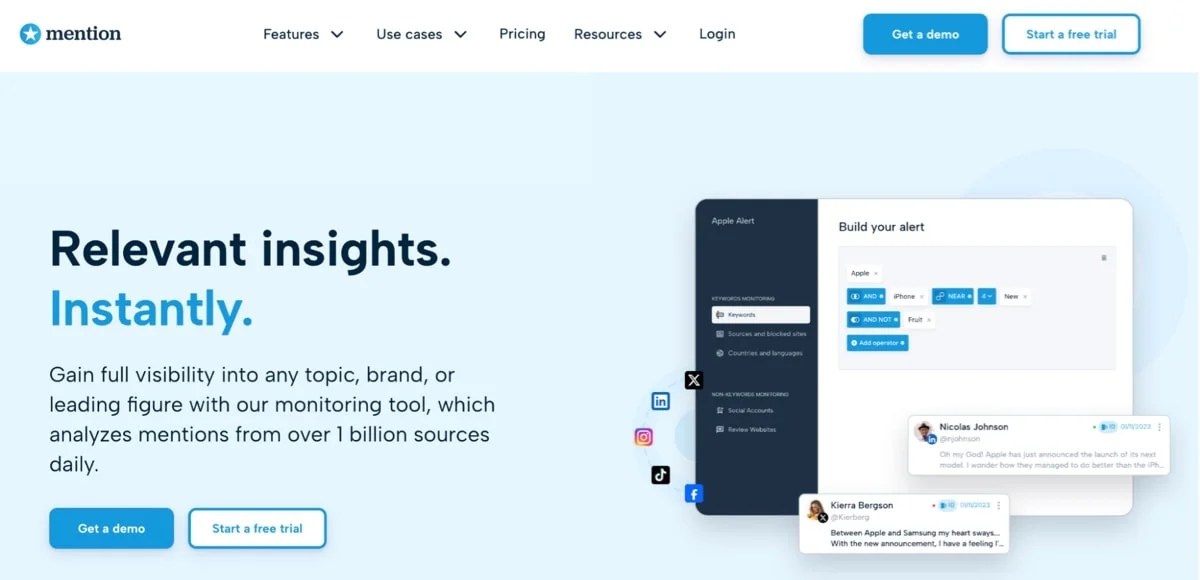
Analytics tools
Facebook Insights, Google Analytics, Pinterest Analytics, and WooCommerce analytics tools help you analyze your audience’s behaviors, preferences, and demographics.
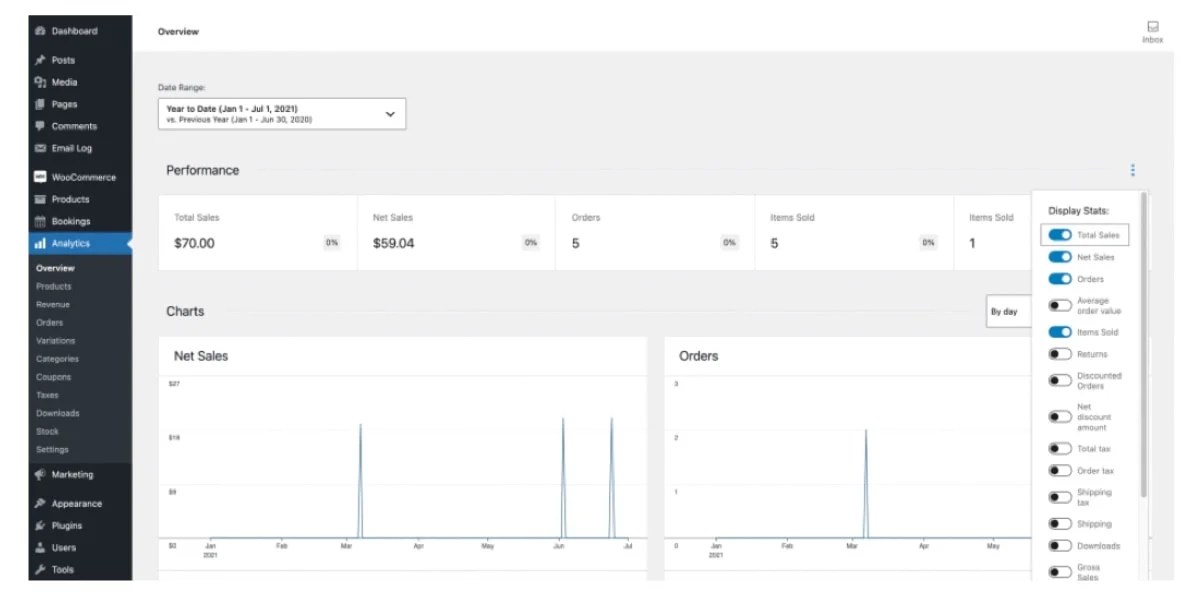
Combining analyses will create a clearer picture. Facebook Insights will signal your followers’ age, location, and online behavior, while Pinterest Analytics can provide insight into the kind of content your audience pins, clicks on, and engages with most often.
Create buyer personas
Buyer personas are a common way to get more precise in your social media marketing (and beyond). These fictitious characters represent snapshots of your ideal customers and allow you to put a face to your audience.
Smaller businesses may not need to get ultra-specific at the beginning. A smart social media strategy, in fact, may be designed to gather data that you can use to develop buyer personas.
If you haven’t already, interview a cross-section of your current customers. Ask them why they bought from you, what problems you’re helping them solve, and how they prefer to hear from brands like yours on social media.
However you gather information to create your personas, you’ll want to include the below at minimum:
- Demographics: Age, gender, income, location
- Psychographics: Values, lifestyle, attitudes
- Online preferences: Which platforms, what content, how they like to buy
Gaining clarity on your ideal customers will help you better speak to and connect with them through your own social media strategy. Get as specific as you can, and consider your notes in this area as living documents, as you continue to gain more precise data.
Trying to be everywhere at once is not a plan for success. Just as your business can’t sell all things to all people, you can’t market effectively on every platform.
This is particularly important the smaller your brand is. You’ll have a lower ad budget, less time to invest into engaging on each platform, and fewer content development resources to create quality posts.
So start small with just a few social media channels that align with your business’s offerings and with where your target audience spends their time. This way, you’ll be able to stay focused, speak consistently and authentically to your customers, and dedicate enough financial resources to ads and paid influencer collaborations to actually move the needle.
We’ve briefly summarized the specialities of different platforms, but here are some additional details:
A multi-purpose platform with robust tools for social selling, community building (the popularity of niche-focused groups is greater than ever!), and targeted ads. It has the widest user base and the greatest number of supported media types, so things can become a bit of a blur. If you have an audience that spans across a fairly-wide range of demographics (especially age or location), this is a great platform.
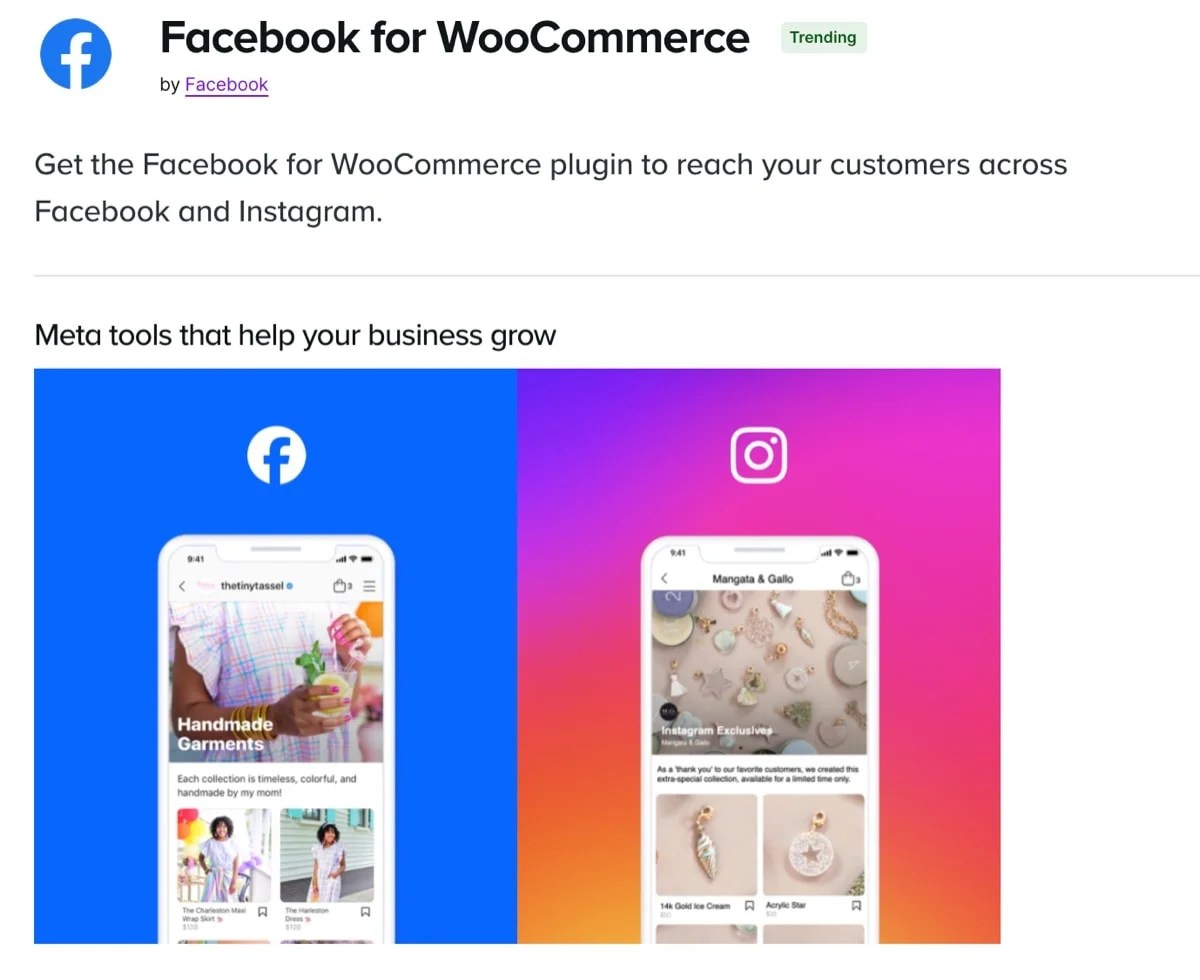
The Facebook for WooCommerce extension helps brands significantly by directly importing product listings, helping with tag implementation for ad targeting and measurement, and providing live chat capabilities so potential customers can reach out with questions through a platform they already know and trust.

Ideal for visual brands, especially in industries like home decor, fashion, and DIY; Pinterest boasts a user base primed for shopping and discovery. The Pinterest for WooCommerce extension increases product visibility by automatically making your entire product catalog browsable on the app. It also assists with ad creation as well as campaign measurements, so you can continually improve.
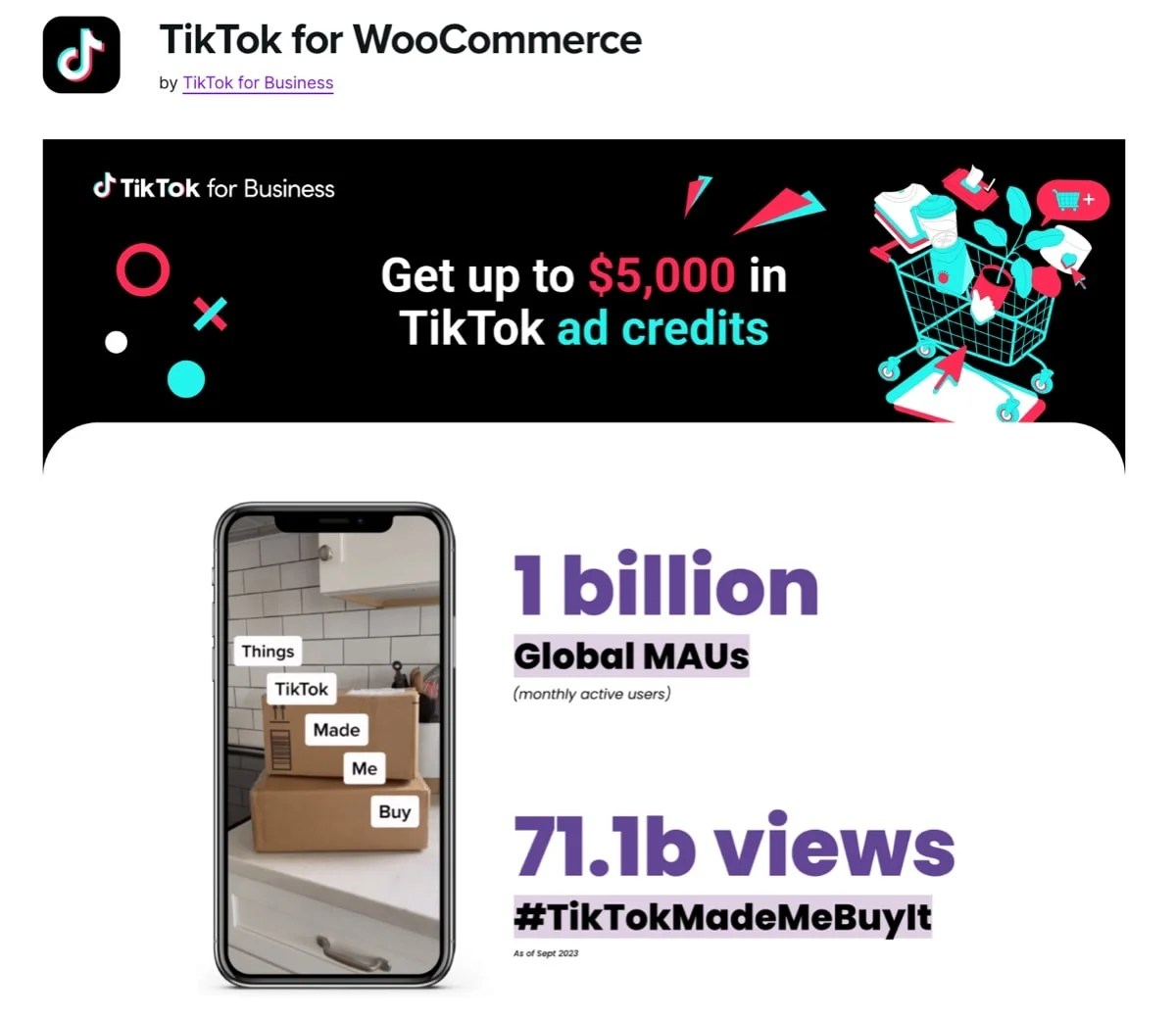
TikTok
TikTok is ideal for ecommerce brands looking to reach younger audiences through short-form, creative media. Post product tutorials, invent challenges, or re-share the latest trend with your own twist to engage new customers. The TikTok for WooCommerce integration simplifies connecting your products to the platform for social selling and expedites ad creation.
Learn how Dan-O’s Seasonings used TikTok to achieve exponential growth.
YouTube
The leading platform for long-form video content, YouTube is great for product demonstrations, how-to guides, and brand storytelling. Shorter versions of videos can be repurposed across other platforms like TikTok and Instagram, extending reach without recreating content from scratch.
YouTube has an incredibly-rich creator community (perhaps the world’s best), so it’s also a great place to connect with influencers who have a large, but very niche-focused audience. As opposed to influencer partnerships for product promotion on platforms like Instagram, YouTube partnerships are a great option if your products require a bit more explanation.
A shirt’s appeal can be communicated with a single image on Instagram, for example, while a multi-purpose car cleaning tool might need a bit of a longer demonstration.
Perfect for highly-visual ecommerce brands, Instagram excels as a social media marketing channel in fashion, beauty and cosmetics, health and wellness, consumer tech, and art. Its shopping features make it easy for users to discover and purchase products directly from posts and Stories. You can manage a lot of your Instagram marketing through the Facebook for WooCommerce extension.

If you sell professional services like coaching, consulting, or SaaS products, LinkedIn is a can’t-miss channel for effective social media marketing. Advertising costs tend to be more expensive on LinkedIn, but that’s because the value of the products and services being pitched are much greater.
Threads, Mastodon, Bluesky
These microblogging platforms that favor text-driven, conversational content are good choices for ecommerce brands whose missions heavily prioritize community engagement and customer communication.
There are a few steps ecommerce brands can take to identify the right social channels for their business.
Follow your audience
Do your customers spend more time scrolling Facebook, or are they browsing Pinterest for inspiration? Put your social media marketing efforts where they’ll have the most impact.
Understand the platform’s strengths (and your own)
Consider the features of each platform against those of your business, as well as your own preferences for creating content for social media. If you require a visual channel but are hesitant around video, for example, you could focus on Instagram and share more photos than videos.
Determine how you could match your content to each platform
The logistics of social media content creation are worth some thought. Returning to our previous example, if you are a visual brand but video seems out of reach, you might want to ease into things by choosing Instagram as your primary social media channel. This way, you can focus on photos and then later Stories and Reels, before expanding to TikTok or YouTube.
By starting with the right platforms and building from there, you’re setting the foundation for a sustainable, scalable marketing strategy that will grow with your business.
Step 4: Build a content strategy and content calendar
The most perfect social media marketing plan in the world isn’t going to be worth much without strong content that’s made specifically for your unique audience. Creativity, consistency, and variety should be your cornerstones here.
- How-tos and tips: What practical advice and solutions could your audience use? How can your offerings help them? Product demos and tutorials are great examples.
- User-generated content (UGC): Repost customer photos or videos centered around your products. Social proof is authentic, builds trust, and results in higher engagement.
- Product promotions: Highlight your products and what makes them unique. Take a user-centric approach to keep the focus on your customers.
- Memes and lighthearted content: Keeping things fun and relatable brings a human voice to your social media marketing. These posts can be great for engagement.
- Q&As: Many businesses catalog Frequently Asked Questions (FAQs) over time. Why not turn these and other questions into opportunities to illustrate your commitment to your customers?
If that all feels like a lot, try not to worry. Even brands that make achieving their social media marketing goals look easy are working hard behind the scenes to develop their own engaging content.
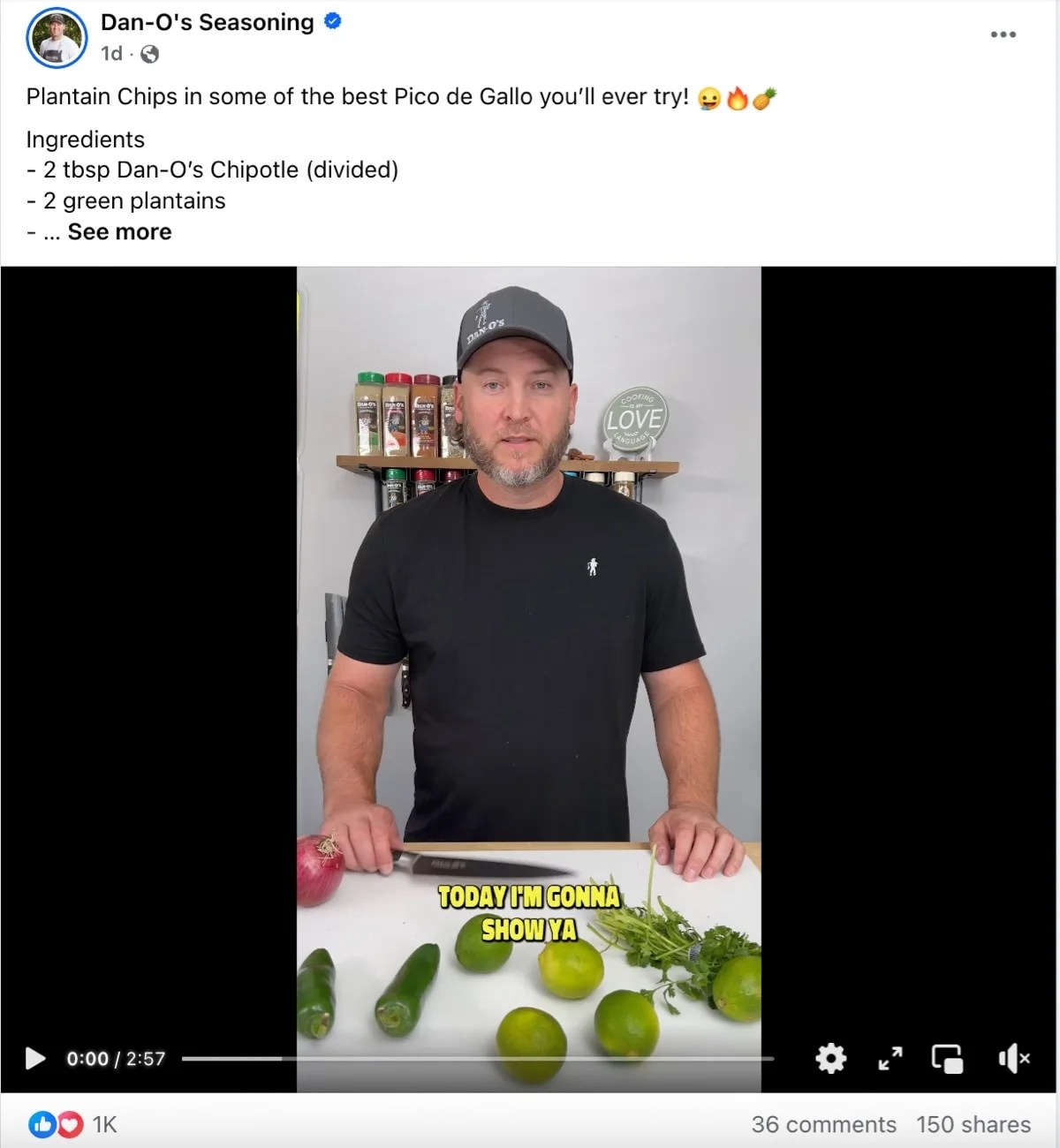
Repurpose content to increase reach and maximize engagement
As you begin to see success in your primary channel, repurpose high-performing content for a secondary channel. This will likely require some reformatting and creative scheduling as part of our content calendar. Popular TikTok videos can be redistributed easily as Instagram Reels. Long threads on microblogging platforms can be turned into carousel posts on Instagram and Facebook (B2C), or LinkedIn (B2B).
Manage your workload by balancing content creation
To keep up a consistent flow of content while avoiding burnout, develop a content calendar to plan posts in advance. Use this to balance easier lifts (like a customer testimonial) with posts that take more time (like an in-depth tutorial).
This enables you to address your social audiences’ wants and needs — including their desires to be entertained and educated on social media — without overwhelming yourself.
Follow a posting schedule in your content calendar
The best posting schedule is the one you can stick with, that also produces results for your business objectives and customers. Beyond that, here are some general recommendations, consolidated from sources such as Hootsuite and Sprout Social:
- Instagram: 3-5 feed posts per week, daily stories
- TikTok: 3-5 posts per week
- Pinterest: 3-10 pins per week
- Facebook: 1-2 posts per day
- LinkedIn: 1-2 posts per week
CTAs and goals
For each post on a social channel, include a clear call-to-action (CTA) that aligns with your business objectives.
Examples include:
- Direct product purchases: “Shop now” or “Get yours today”
- Newsletter sign-ups: “Subscribe for exclusive deals”
- SMS list opt-in: “Text ‘JOIN’ to hear about our latest drops”
Without a CTA, people interested in buying from you might not feel motivated to move further down your sales funnel. In most cases, you’ll want to include your CTA towards the end of your content, to avoid pushiness and speak to those who are most interested.
Step 5: Invest in advertising and influencer marketing
Organic reach that converts is the goal. But between platforms editing their algorithms to prioritize paid advertising and the speed and power of effective ads — it’s good practice to incorporate a paid element into your social strategy.
Whether you turn to paid ads or decide to work with influencers (or both), even small budgets can have a significant impact on social growth and sales.
Social media advertising: Where to start
Here are a few of the popular ad programs for ecommerce businesses:
- Facebook Ads: This is ideal for detailed targeting and remarketing to customers who have visited your store but haven’t purchased yet.
- Pinterest Ads: Feature your products at key moments in the discovery process of Pinterest users, with ads tailored to the platform’s strengths (highly-visual content).
- TikTok Ads: Reach younger audiences with creative, short-form ads that align with the platform’s tendency towards virality. Effective TikTok ads feel organic and authentic.
When it comes to optimizing ad performance, experimentation and measurement are your friends. Test different formats (static images vs. video), CTAs, images, and headlines. Research best practices in your industry and look for ways to employ them with your own unique twist.
The power of influencer marketing
Influencer marketing can be a quick way to reach engaged audiences through people they already know and trust. For smaller businesses, micro-influencers with 1,000 to 10,000 followers can be a cost-effective way to test this strategy. This group also often has higher engagement rates than macro-influencers.
When reaching out to influencers, hire individuals whose personal brand aligns with your own values. A WooCommerce brand selling eco-friendly products, for instance, might seek out a group of sustainability-focused TikTok influencers, to collaborate on authentic content that resonates with overlapping audiences.
Campaigns that combine influencer marketing and paid ads
Long-term partnerships with influencers are preferable, since they contribute to consistency and provide more time to build ongoing trust among prospective customers. Blending influencer marketing with paid ads can boost engagement exponentially. An example of this would be replicating an influencer’s post about your brand as an ad to extend reach.
Step 6: Engage and build relationships
Social broadcasting has its place, but social media success is about real conversations.
In recent years, algorithms on platforms like TikTok and Instagram have increasingly rewarded social broadcasting due to its potential for creating viral moments. While creating posts for attention’s sake can produce short-term success and even grow follower counts, it doesn’t necessarily lead to immediate sales.
The real value of social media marketing remains grounded in consistency — showing up for and engaging with your audience day after day.
Building community and creating touchpoints
Does your business have fans? Evangelists? Think of social media marketing as another way of facilitating connections among fans of what you do. Prompt followers for feedback and engage in conversation as often as possible. Schedule time to reply to social comments, even 20 minutes per day, to keep in touch with people.
And don’t forget those CTAs. At every stage of your social media presence, include clear conversion touchpoints, such as product page links, exclusive offers, and email and SMS signups..
Done well, this will lead to new sales, more evangelists, and more word of mouth.
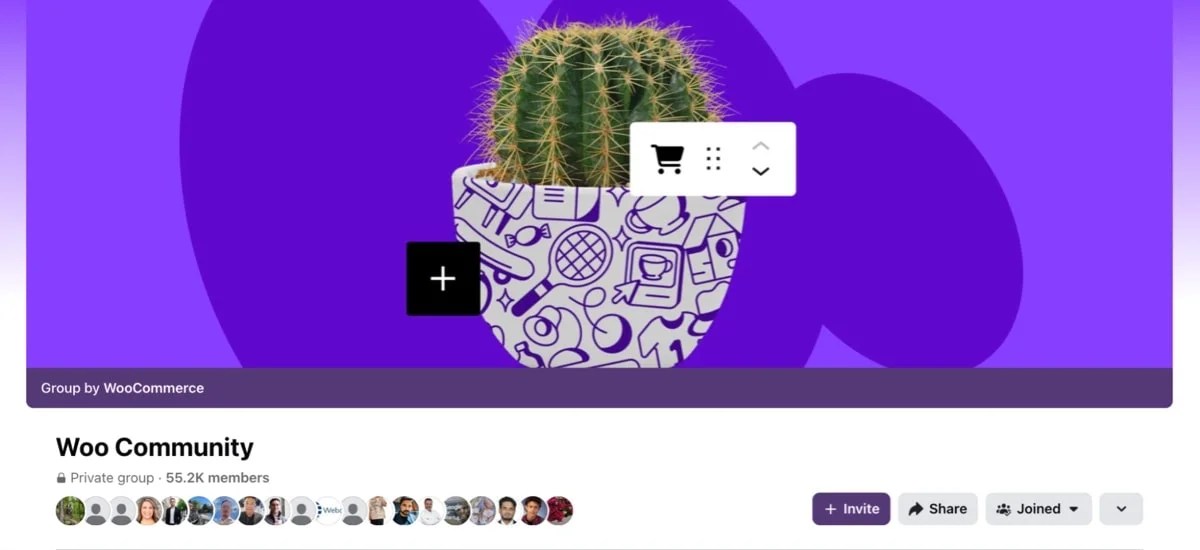
Responding to customer inquiries: best practices
Another common element of your business’s social media presence is customer support. Here are a few best practices:
- Be timely: Respond as soon as possible to signal your attentiveness.
- Be personal: Generic replies aren’t loved by social users. Make each response unique.
- Guide them to the right channel: Redirect questions to email or chat when needed.
And, with that, we’ve covered what you need to know to get started building a social media marketing strategy. Well, except for one last, crucial step.
To know what’s working and what’s not — and to optimize your efforts for efficacy and cost-efficiency — you need to measure and analyze results.
Step 7: Measure, analyze, and iterate
Why metrics matter
It’s good to know what’s working (and what isn’t). Social media analytics tools generate insights into reach, engagement, conversion, and more, allowing marketers to refine their approach. Regularly measuring key performance indicators (KPIs) like these are a must, so that you can make informed decisions on how well your social media marketing strategy is aligning to your goals.
The power of iteration
As your business evolves, and people’s tastes change, so should your social media strategy. Iteration based on data helps you continuously check in on how your posts are performing over time. True growth happens as a result of this process.
Engage customers for deeper insights
Customer dialogue doesn’t end with your research, or even after a successful customer service interaction. Simple CTAs requesting feedback on posts can generate updated information into what your audience currently loves, wants, or needs. And this allows you to improve your social media strategy in the future.
Asked nicely, many customers and prospective customers will also share their opinion on where you can improve. This can create a feedback loop for refining not only your social media strategy, but also your offerings as a whole.
Optimize with tools and integrations
WooCommerce integrations can help you track your progress across social channels. These often feed data from your site back to platforms’ native analytics programs for actionable insights into the effectiveness of your current strategies.
Which social campaigns are driving more sales or email signups? Can you see trends in the data, across sources? Tools and integrations can help you answer these questions, and inform changes to content types or post timing.
A consistent and thorough practice of reviewing analytics on your social media platforms, and making adjustments as needed, is the final piece to building an active community on social media, leading to better long-term engagement and increased customer loyalty.
Building a thriving online presence takes hard work and patience. With enough research, preparation, experimentation, and analysis, it can lead to long-term engagement and customer loyalty.
Merchants selling through WooCommerce have the advantage of many advanced social media integrations — not to mention the ability to create or commission custom solutions or look to the open source community for support.
With consistent effort, continued learning, and the power of the right platform and tools, you’ll be amazed at the progress you’ve made this time next year. Take the first steps today!
Explore WooCommerce social media and marketing extensions.
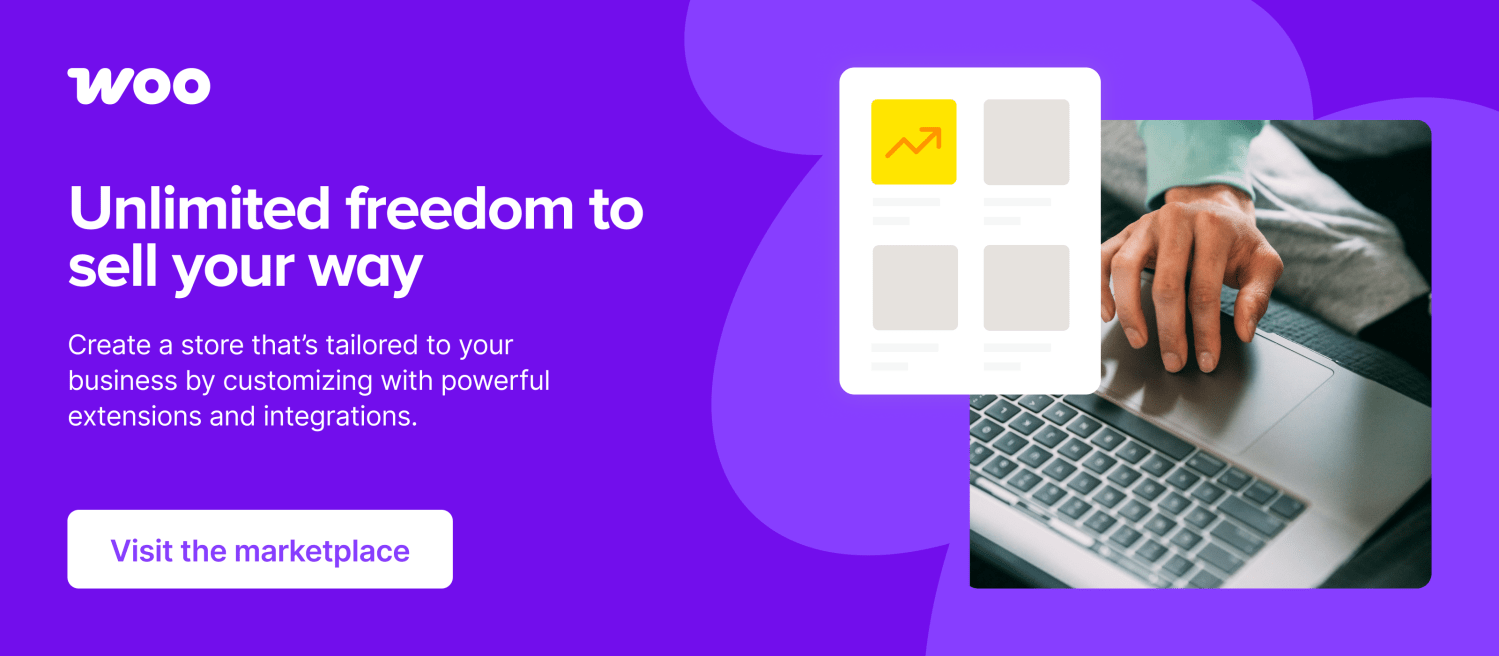
About
Sydney Hamilton
Sydney is a social media manager (her colleagues might even say a social media sorceress) and esteemed gif curator at Woo. When not crafting joyful content, she enjoys spending time with her rescue pups and moonlighting as a keyboardist and vocalist in a rock band.


